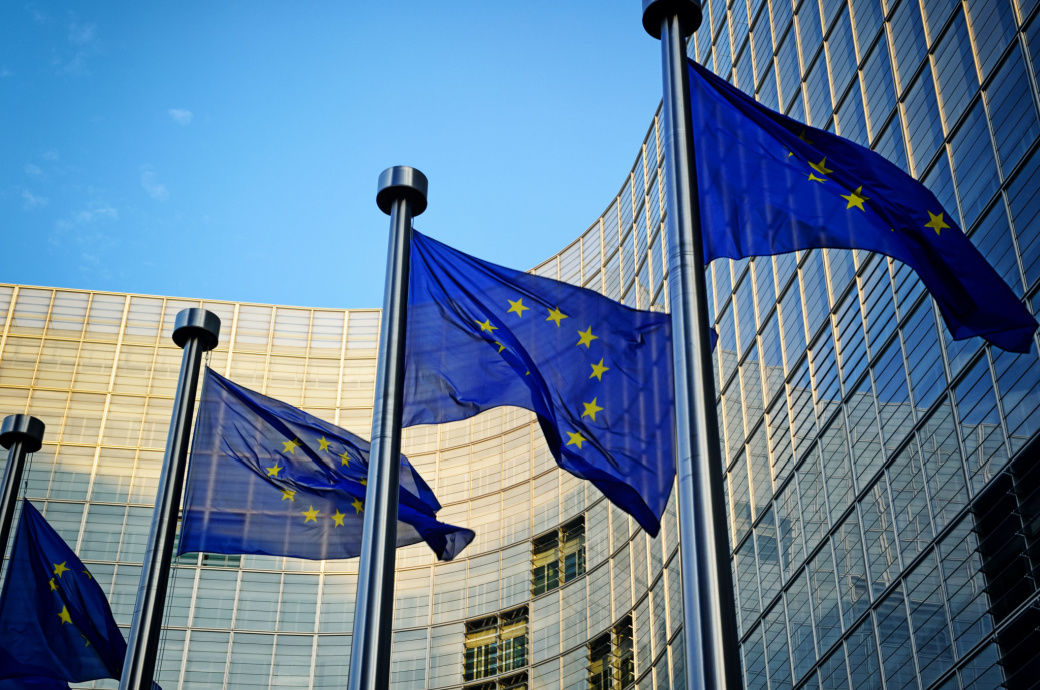
The proposal builds on internationally-agreed definitions and standards, and underlines the importance of close cooperation with global partners.
National authorities will be empowered to withdraw from the EU market products made with forced labour, following an investigation.
“Competent authorities and customs will work hand-in-hand to make the system robust. We have sought to minimise the administrative burden for businesses, with a tailor-made approach for SMEs [small and medium enterprises]. We will also further deepen our cooperation with our global partners and with international organisations,” executive vice president and commissioner for trade Valdis Dombrovskis said in a release by the Commission.
National authorities in the member states will implement the prohibition through a robust, risk-based enforcement approach.
In a preliminary phase, they will assess forced labour risks based on many different sources of information that together should facilitate the identification of risks and help focus their efforts.
These may include submissions from civil society, a database of forced labour risks focusing on specific products and geographic areas, and the due diligence that companies carry out.
The authorities will start investigations on products for which there are well-founded suspicions that they have been made with forced labour. They can request information from companies and carry out checks and inspections, including in countries outside the EU.
If national authorities find forced labour, they will order the withdrawal of the products already placed on the market, and prohibit to place the products on the market, and to export them. Companies will be required to dispose of the goods.
The Commission will also issue guidelines within 18 months from the entry into force of this regulation.
The proposal now needs to be discussed and agreed by the European Parliament and the EU Council before it can enter into force. It will apply 24 months after its entry into force.
Fibre2Fashion News Desk (DS)